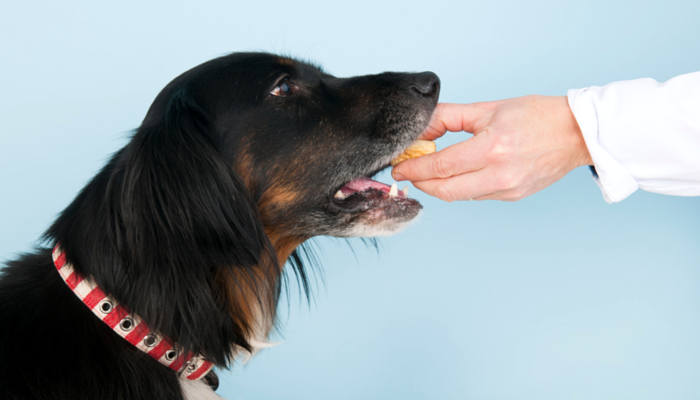You need to provide the nutrients your dog for optimal function. In order to improve his health, you should consult a veterinary nutritionist before starting. It’s important to balance vitamins and minerals carefully. This helps your dog get a good health. If you don’t cook for your pet, you can also choose a wide range of healthier and naturally derived foods. Keep reading this article to learn how to feed your dog naturally.
Prepare Meal for your Dog
First, it’s important to see a veterinary nutritionist and ask her for a referral to a veterinary nutritionist for advice. She also can help you understand your dog’s nutritional needs. Then, you can develop a healthy diet for him.
Prepare easy meals for him. You can consult some quick and easy recipes to make sure your dog can receive all the nutrients from safe and natural sources. Don’t forget to visit a vet before you prepare your dog’s meals. You need to prepare meals with the right ratios of nutrients.
In order to save more time on preparing your dog’s meals, you should cook several weeks or even months of food at one. Then, store these foods in the refrigerator.
It’s great to use the proper quantities of necessary nutrients. His nutritional needs are the same. You can help your dog meet all of his needs over time as long as you know what nutrients he needs.
It’s a great idea to add herbs, oils, and supplements. They are good for your dog. They can also help to balance your dog’s diet.
You also need to change your dog’s meals. You can add in many types of meat. You should change your dog’s meals once or twice a week.
Purchase Dog Food in Stores
Read the label to know recognizable ingredients. It’s better to choose foods created from vegetables, vitamins, real meat, grains, and minerals. At the same time, avoid choosing foods with a variety of preservatives and chemicals. Reading the ingredient list to get healthy and nutritious foods.
Learn how to read the nutrition label. This will help you choose the best quality pet foods. Their ingredient is ordered by the weight of each ingredient.
When choosing foods for your pet, you shouldn’t choose ones with certain preservatives and fillers such as sugar, salt, added flavoring, and artificial colors. This can help to reduce diseases common among his breed.
Count the calories for younger dogs. It’s great to feed your dog between 300 and 350 calories. That will make sure you don’t feed your dog too much.
Visit your vet to get recommendations for preservative free, natural, as well as locally sourced dog foods.
In order to the nutrition of any dog food type, you need to add some nutritional extras. Let’s add a few scoops to your dog’s meal in order to boost digestive function. Doing this one or twice a week can also help your dog get a number of necessary vitamins and minerals.
Understand Dog Nutrition
Learn about breed-specific health requirements. Most dogs require the same amount nutrients. But, some need higher or lower levels of nutrients. For examples, you need to feed large dogs who have joint and muscle issues with low-calorie foods. Also, there are some great foods for joint health supporting or inflammation reducing supplements such as chondroitin or glucosamine.
Your dog’s age may affect his food needs. For instances, you have to feed puppies specially formulated puppy foods more frequently than adults. If you have a senior, you need to feed him fewer calories only once a day. It’s important to give an adult dog a diet with low calories and high protein.
Avoid unsafe foods for your dog’s consumption. In fact, there are some foods that may make your dog sick. They include grapes, raisins, onions, chocolate, garlic, coffee, macadamia nuts, and tea. You can also ask your vet the list of other harmful foods.
Conclusion
When feeding your dog, you should choose the foods with a specified meat as the first ingredient. Nowadays, there is a wide range of dog food brands and types. That makes it hard to know what is the best. Follow our guidelines to feed your dog properly.

